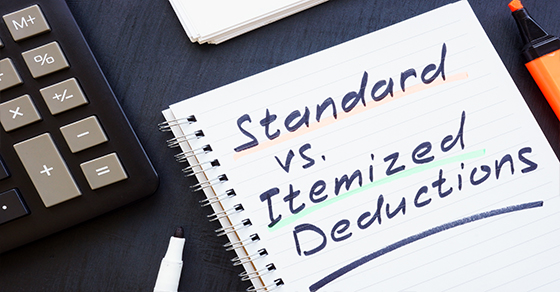Donating Collectibles
What you need to know before donating collectibles
If you’re a collector, donating from your collection instead of your bank account or investment portfolio can be tax-smart. When you donate appreciated property rather than selling it, you avoid the capital gains tax you would have incurred on a sale. And long-term gains on collectibles are subject to a higher maximum rate (28%) than long-term gains on most long-term property (15% or 20%, depending on your tax bracket) — so you can save even more taxes.
But choose the charity wisely. For you to receive a deduction equal to fair market value rather than your basis in the collectible, the item must be consistent with the charity’s purpose, such as an antique to a historical society.
Properly substantiating the donation is also critical, and this may include an appraisal. If you donate works of art with a collective value of $5,000 or more, you’ll need a qualified appraisal, and if the collective value is $20,000 or more, a copy of the appraisal must be attached to your tax return. If an individual item is valued at $20,000 or more, you may also be required to provide a photograph of that item.
If you’re considering a donation of artwork or other collectibles, contact us for help ensuring you can maximize your tax deduction.
© 2015


